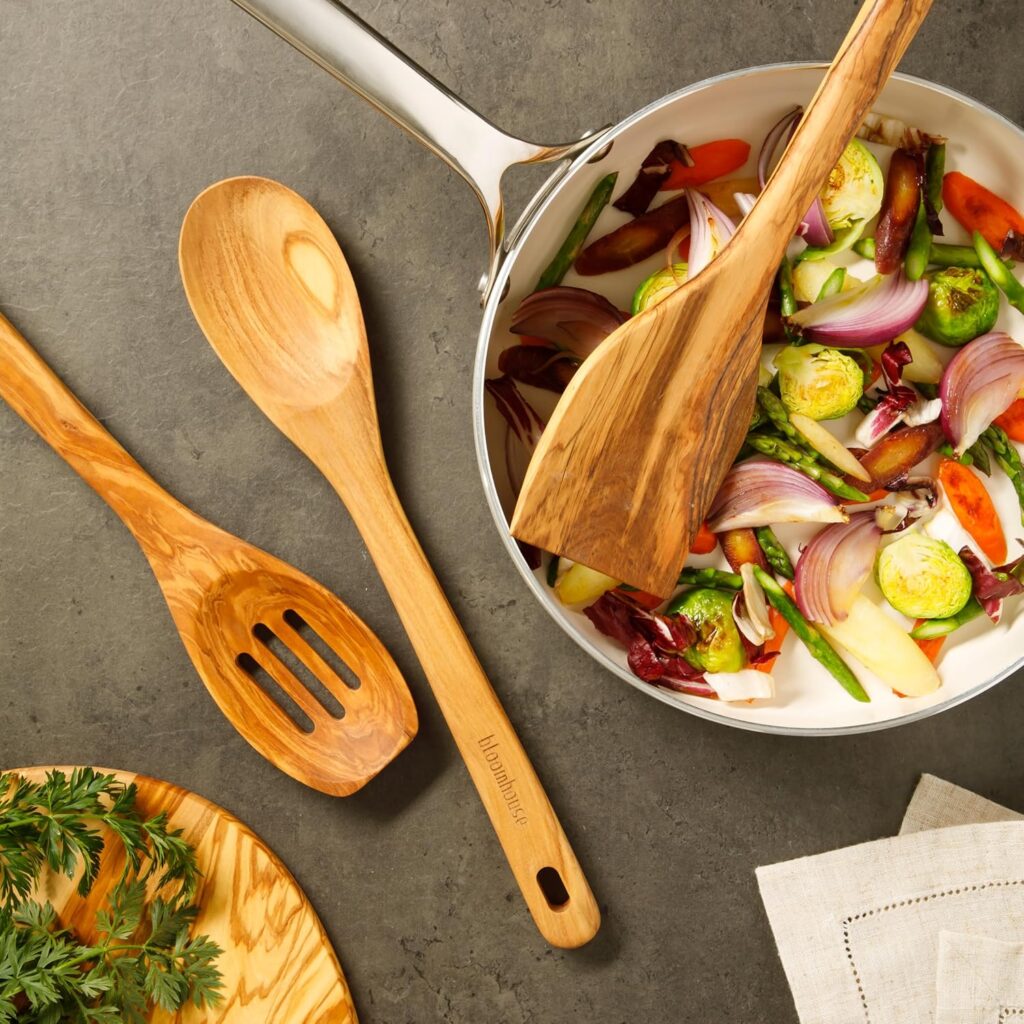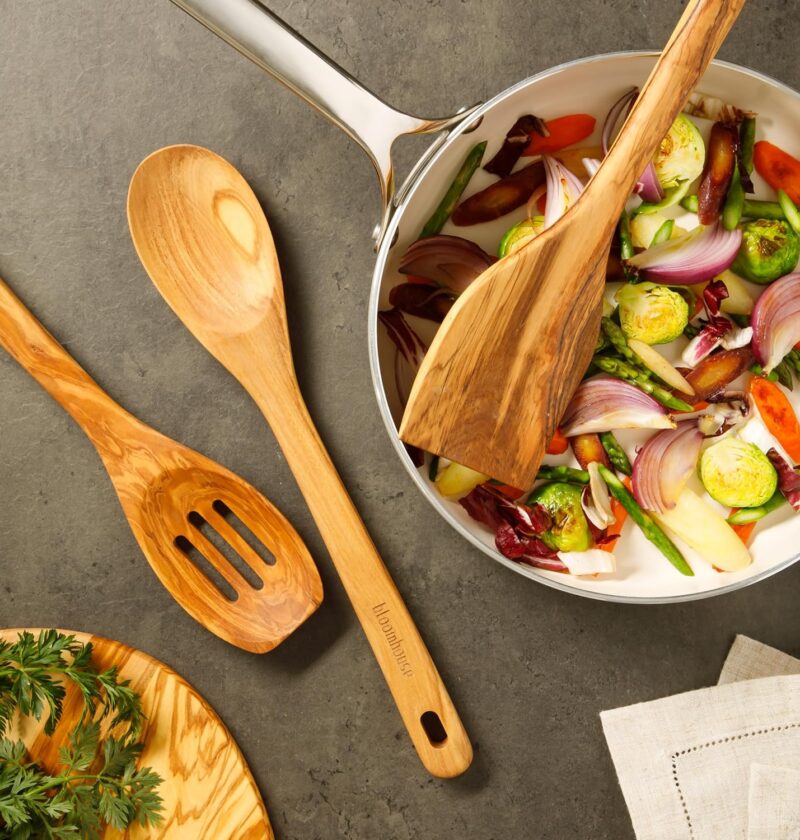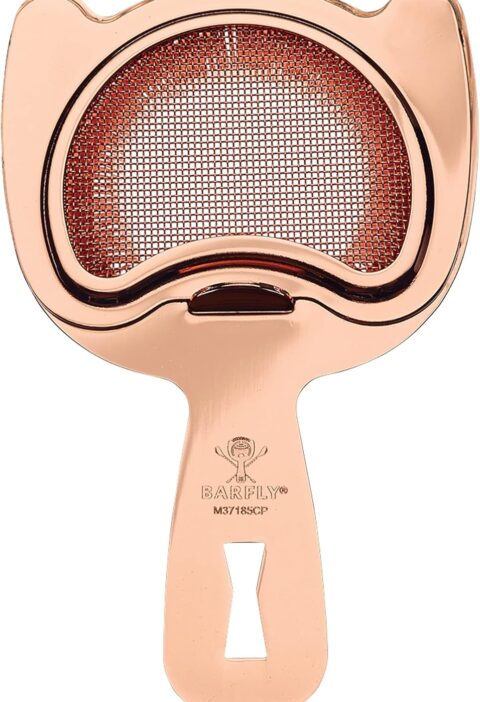Cooking is an art, but Kitchen Measurements are the science behind it. Whether you’re a seasoned chef or a casual home cook, converting measurements accurately is vital to crafting delicious dishes. From teaspoons to tablespoons, ounces to milliliters, and dry to fresh herbs, understanding these conversions ensures precision and consistency in your cooking. Let’s dive into the essentials of kitchen measurements and spice conversions with easy-to-follow tips and reference tables. If you want a measurement conversion you use the tool kitchen measurement converter

Why Accurate Measurements Matter in Cooking
Precision in cooking, especially when it comes to baking or seasoning with spices, can make a world of difference. Measurement errors can lead to over-seasoned, bland, or failed recipes. By mastering measurement conversions, you’ll save time, reduce waste, and achieve consistent results every time.
Quick Reference Tables for Kitchen Measurements
| Teaspoon (tsp) | Tablespoon (tbsp) | Fluid Ounces (fl oz) | Cups | Pints |
|---|---|---|---|---|
| 1 tsp | 1/3 tbsp | 0.1667 fl oz | 0.0208 | 0.0104 |
| 3 tsp | 1 tbsp | 0.5 fl oz | 0.0625 | 0.0313 |
| 48 tsp | 16 tbsp | 8 fl oz | 1 | 0.5 |
| 96 tsp | 32 tbsp | 16 fl oz | 2 | 1 |
Table 2: Volume Conversions (Metric to Imperial)
| Milliliters (ml) | Fluid Ounces (fl oz) | Cups | Pints | Liters (L) | Quarts |
|---|---|---|---|---|---|
| 1 ml | 0.0338 fl oz | 0.0042 | 0.0021 | 0.001 | 0.0011 |
| 237 ml | 8 fl oz | 1 | 0.5 | 0.24 | 0.25 |
| 1,000 ml | 33.814 fl oz | 4.2268 | 2.1134 | 1 | 1.0567 |
Dry to Fresh Herbs Conversion
The rule of thumb for converting dried herbs to fresh herbs is simple:
- 1 part dried herbs = 3 parts fresh herbs
| Dried Herb | Fresh Herb Equivalent |
|---|---|
| 1 tsp dried thyme | 3 tsp (1 tbsp) fresh thyme |
| 1/2 tsp dried oregano | 1 1/2 tsp fresh oregano |
| 1 tsp dried basil | 3 tsp fresh basil |
Cooking is both an art and a science, and understanding the right measurements can make or break your recipe. Whether you’re converting dry herbs to fresh, navigating between metric and imperial systems, or trying to measure spices precisely, this guide has everything you need to master your kitchen. Let’s dive into the details and ensure every dish you create is perfectly seasoned and measured.
Converting Dry Herbs to Fresh Herbs
One of the most common questions in cooking is how to substitute dried herbs for fresh ones. The general rule of thumb is:
1 part dried herbs = 3 parts fresh herbs.
This ratio exists because dried herbs are more concentrated in flavor. During the drying process, herbs lose their water content but retain essential oils, making their flavor more potent.
Quick Conversion Examples:
- 1 teaspoon dried thyme = 3 teaspoons (or 1 tablespoon) fresh thyme.
- 1/2 teaspoon dried oregano = 1 1/2 teaspoons fresh oregano.
- 1 teaspoon dried basil = 3 teaspoons fresh basil.
Use this simple conversion to adjust your recipes and enjoy the perfect balance of flavors.
Understanding Metric vs. Imperial Systems
When following recipes from around the world, it’s crucial to understand the differences between the metric and imperial systems.
Metric System
- Used in most parts of the world.
- Based on units of ten for easy conversions.
- Common units: grams (g) for weight, milliliters (ml) and liters (l) for volume.
- Example: 1 liter = 1,000 milliliters, and 1 kilogram = 1,000 grams.
Imperial System
- Commonly used in the United States.
- Common units: pounds (lb), ounces (oz) for weight, and cups (c), pints (pt), quarts (qt), and gallons (gal) for volume.
- Example: 1 pound = 16 ounces, and 1 cup = 8 fluid ounces.
Fluid Ounces vs. Weight-Based Ounces
A common source of confusion is the difference between fluid ounces and weight-based ounces.
Fluid Ounces (fl oz)
- Measures volume, used for liquids like water, milk, or oil.
- Example: 1 cup of water = 8 fluid ounces.
Weight-Based Ounces (WT OZ)
- Measures weight, used for dry ingredients like flour, sugar, or spices.
- Example: 1 ounce of flour = approximately 28 grams.
Pro Tip: Use fluid ounces for liquids and weight-based ounces for dry ingredients to ensure accuracy.
Volume vs. Weight: When to Use Each
The choice between volume and weight depends on the ingredient and recipe.
Volume Measurements:
- Best for liquids and small quantities like spices or baking powder.
- Units: teaspoons (tsp), tablespoons (tbsp), cups, milliliters (ml).
Weight Measurements:
- Provides more accuracy, especially for baking or scaling recipes.
- Units: grams (g), kilograms (kg), ounces (oz), pounds (lb).
Examples:
- A cup of finely ground flour weighs more than a cup of sifted flour.
- Measuring 200 grams of chocolate ensures consistency in recipes.
Spice Measurements: Volume vs. Weight
Spices are essential in every dish, but their density varies greatly. For instance, a teaspoon of ground cinnamon is heavier than a teaspoon of dried oregano. Here’s how to measure spices accurately:
Volume Measurements
- Quick and convenient, perfect for everyday cooking.
- Use teaspoons and tablespoons for spices like cumin, paprika, or garlic powder.
Weight Measurements
- Ideal for precision, especially in baking or large-scale recipes.
- Use a digital kitchen scale to measure spices in grams.
Top 20 Spices and Their 1 Teaspoon to Grams Conversion
To make your cooking easier, here’s a handy reference for common spices:
| Spice | 1 tsp (g) |
|---|---|
| Cinnamon (ground) | 2.6 |
| Cumin (ground) | 2.5 |
| Paprika (ground) | 2.3 |
| Oregano (dried) | 1.0 |
| Basil (dried) | 1.0 |
| Garlic Powder | 2.8 |
| Onion Powder | 2.4 |
| Turmeric (ground) | 2.0 |
| Black Pepper (ground) | 2.3 |
| Cayenne Pepper | 2.0 |
| Coriander (ground) | 2.0 |
| Thyme (dried) | 1.2 |
| Rosemary (dried) | 1.2 |
| Nutmeg (ground) | 2.5 |
| Ginger (ground) | 2.1 |
| Mustard Powder | 2.9 |
| Cloves (ground) | 2.1 |
| Cardamom (ground) | 2.0 |
| Fennel Seed (ground) | 2.1 |
| Allspice (ground) | 2.6 |
Converting Ounces to Milliliters
Converting between ounces (imperial) and milliliters (metric) is simple:
- 1 fluid ounce = 30 milliliters (approx.)
This approximation works for most recipes without affecting the outcome significantly.
Conclusion: Mastering Cooking Measurements
By understanding these conversions and the differences between volume and weight, you can ensure your recipes turn out perfectly every time. Whether you’re experimenting with spices, baking with precision, or adjusting a recipe for your family, the right measurements make all the difference.
Keep this guide handy as your ultimate kitchen companion, and let your creativity shine with every dish you prepare. With a little practice, you’ll be confidently converting, measuring, and creating delicious meals like a pro!




